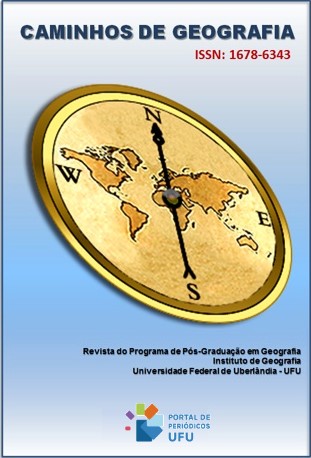THE GLOBAL PHARMACEUTICAL SECTOR: NUMBERS AND DYNAMICS
DOI:
https://doi.org/10.14393/RCG2510171398Keywords:
Pharmaceutical Industry, Medicines, Revenues, Regionalization of consumption, Developing countriesAbstract
Researchers from different scientific fields have dedicated efforts to investigate various aspects of the pharmaceutical industry. Aiming to contribute to this debate and provide valuable material for discussion, this research focused on collecting, analyzing, and presenting data and information related to the global pharmaceutical sector. The sector's annual revenue has almost quadrupled over the last two decades, reaching $1.48 trillion in 2022. The 20 largest companies have a combined market value of $3.5 trillion, assets worth $1.86 trillion, and generated revenue of $820 billion, resulting in profits of $181.6 billion. While most leading companies are concentrated in the USA and Europe due to their oligopolistic nature, a group of industries in "pharmerging countries", especially in Asia, has been gaining strength. Pharmaceutical consumption, although still highly concentrated in developed countries, has also been expanding in emerging countries. This trend is driven by nations such as Brazil, Russia, India, China, and South Africa (BRICS), as well as Mexico, Indonesia, South Korea, and Turkey (MIST). Together, these nine countries account for 48% of the world's population and contribute 31% to the global Gross Domestic Product (GDP).
Downloads
Downloads
Published
How to Cite
Issue
Section
License
Copyright (c) 2024 João Henrique Santana Stacciarini

This work is licensed under a Creative Commons Attribution-NonCommercial-NoDerivatives 4.0 International License.
Autores que publicam nesta revista concordam com os seguintes termos: a) Autores mantém os direitos autorais e concedem à revista o direito de primeira publicação, com o trabalho licenciado sob a Creative Commons Atribuição-NãoComercial-SemDerivações 4.0 Internacional. b) Autores têm permissão e são estimulados a publicar e distribuir seu trabalho online (ex.: em repositórios institucionais ou na sua página pessoal), já que isso pode gerar alterações produtivas, bem como aumentar o impacto e a citação do trabalho publicado. c) Em virtude de aparecerem nesta revista de acesso público, os artigos são de uso gratuito, com atribuições próprias, em aplicações educacionais e não-comerciais.











